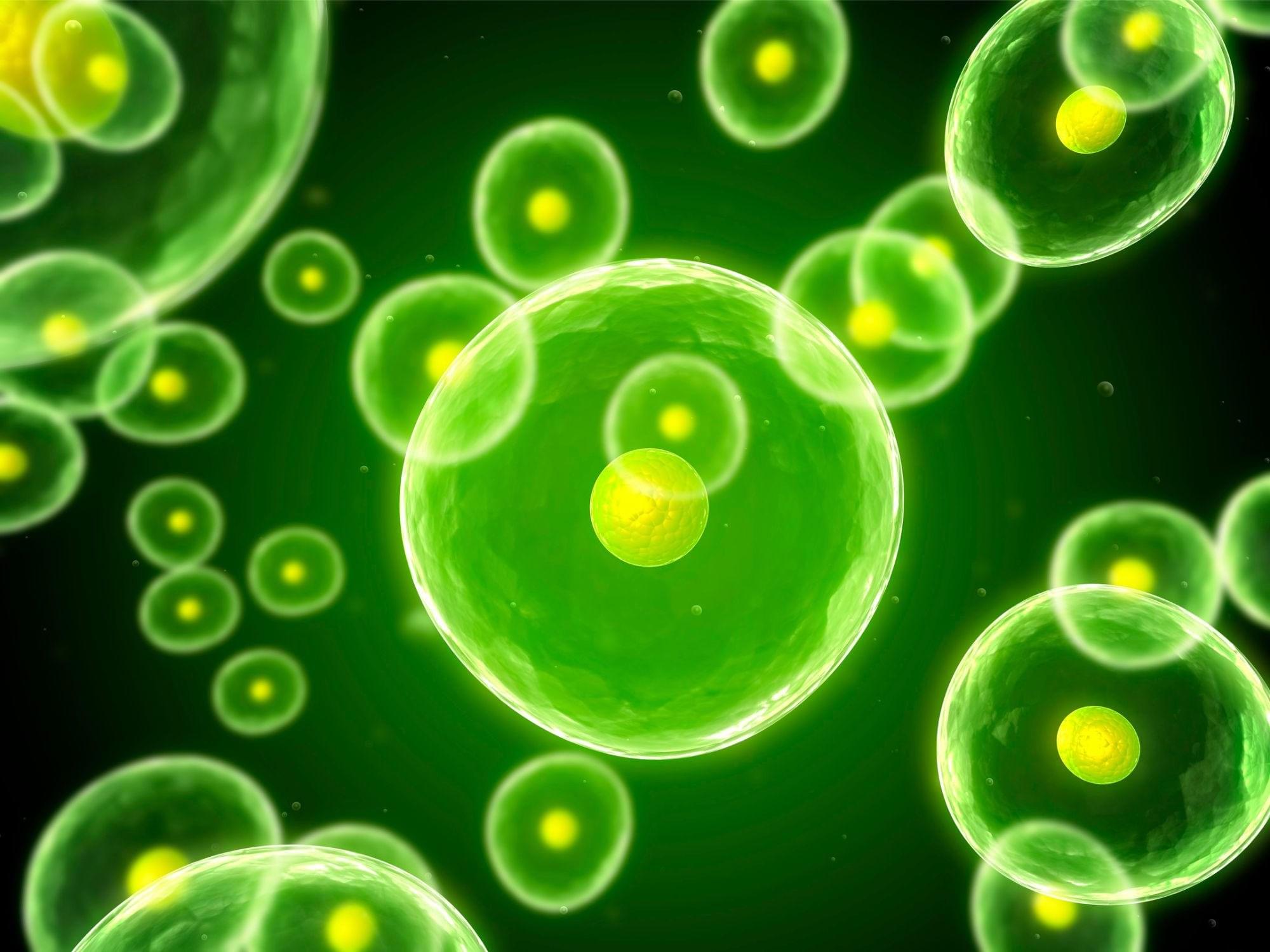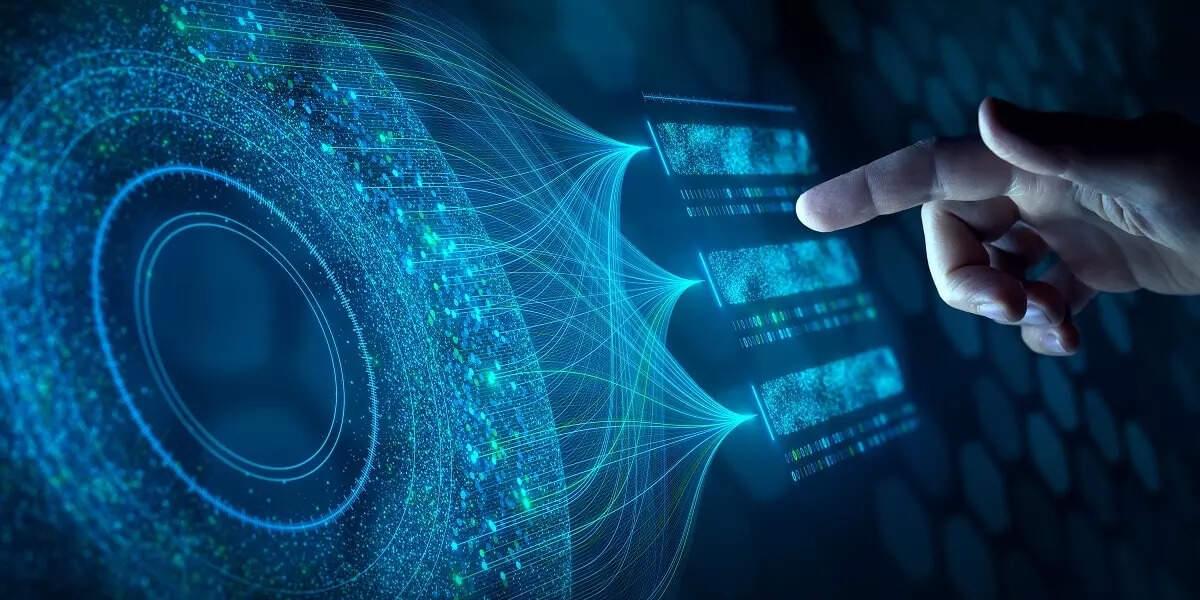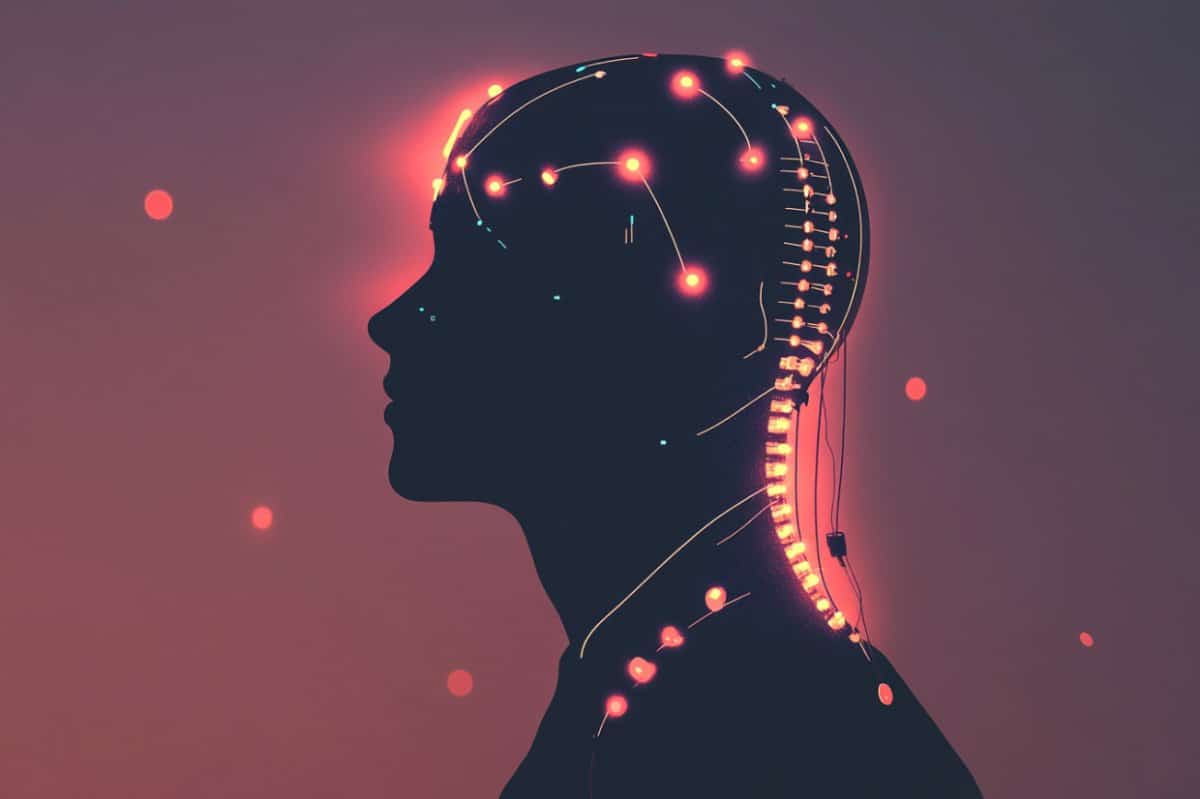For the first time, scientists have successfully built a black hole bomb in the lab, a step forward in understanding black holes and their energy potential.
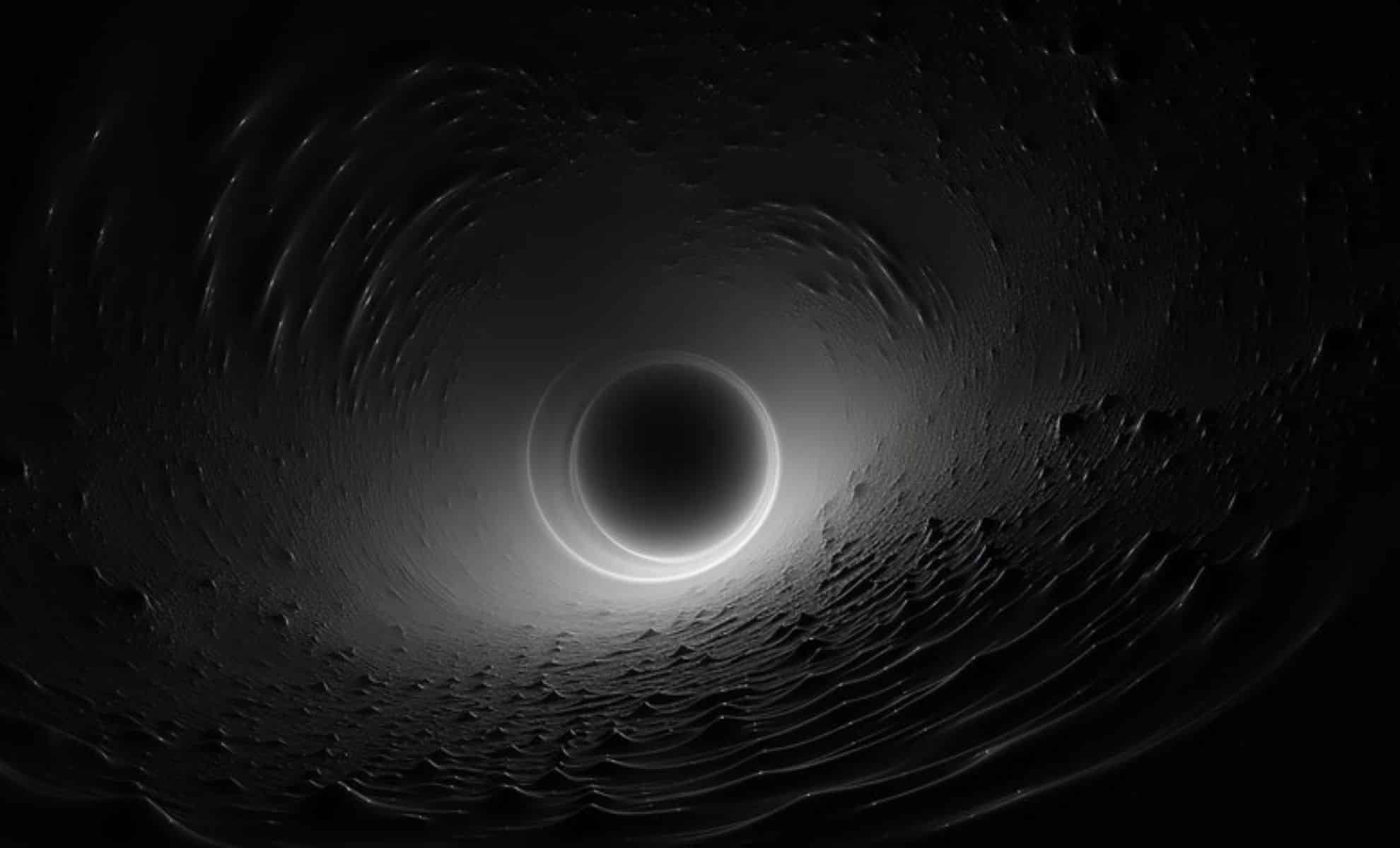

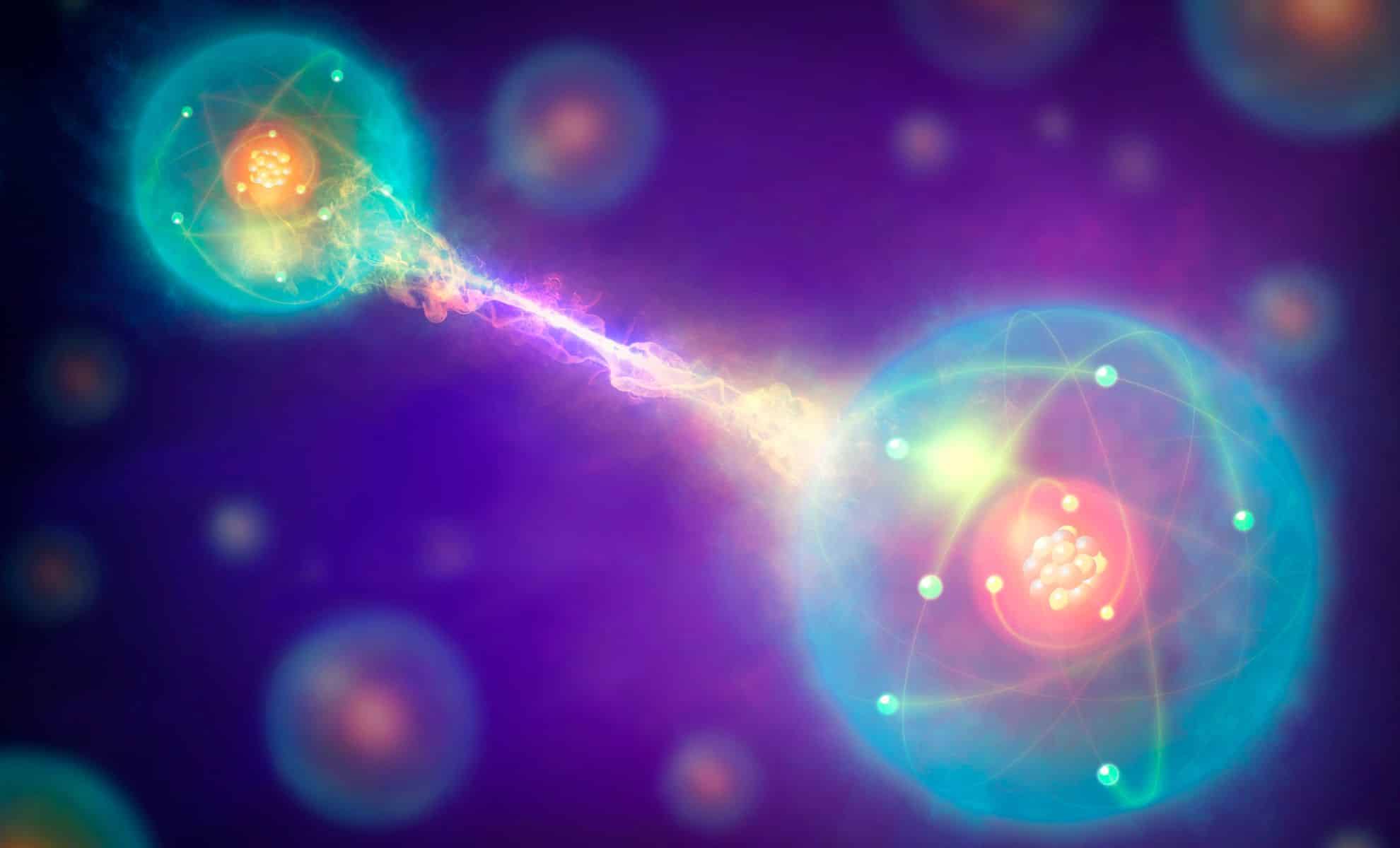
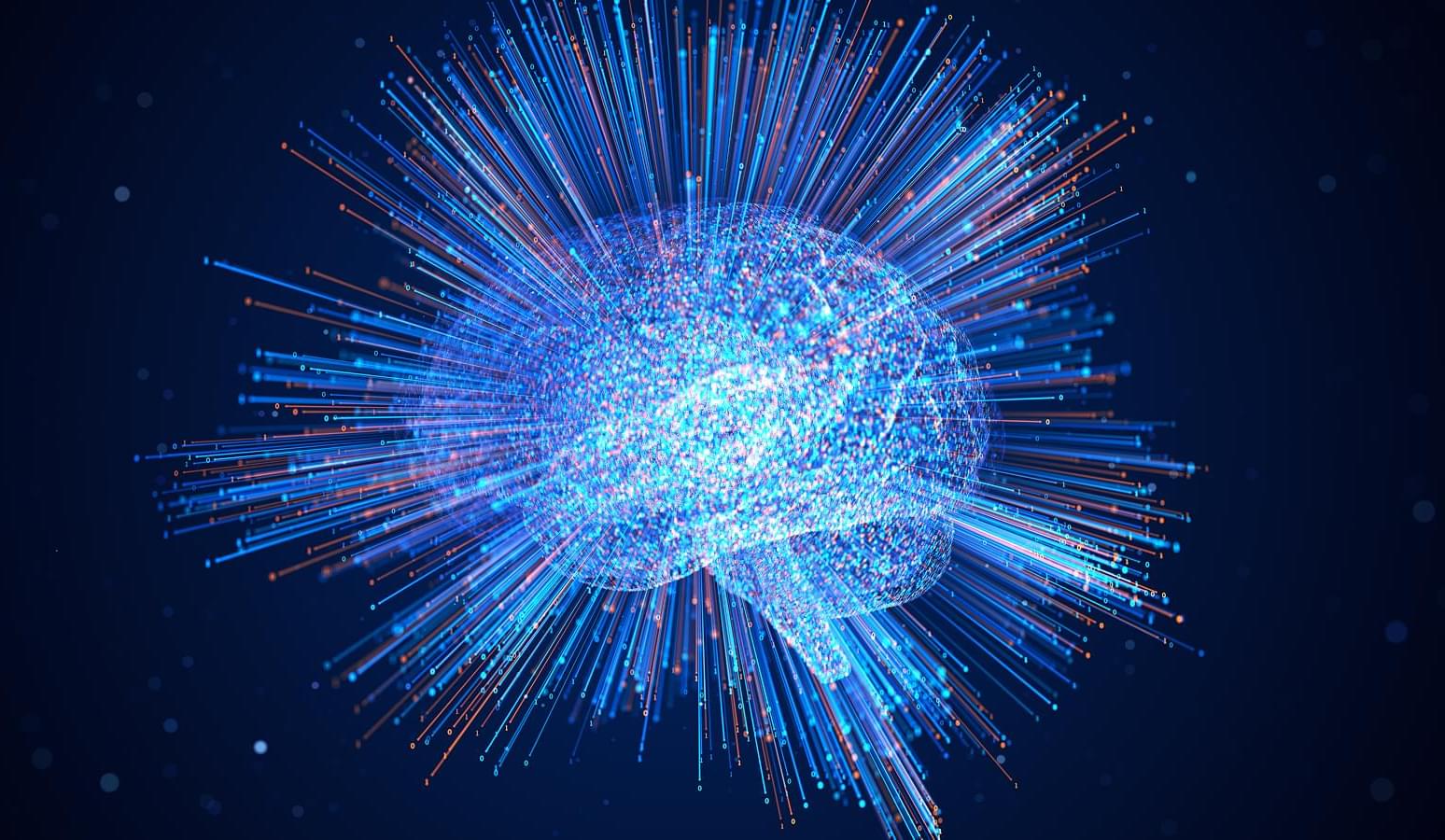
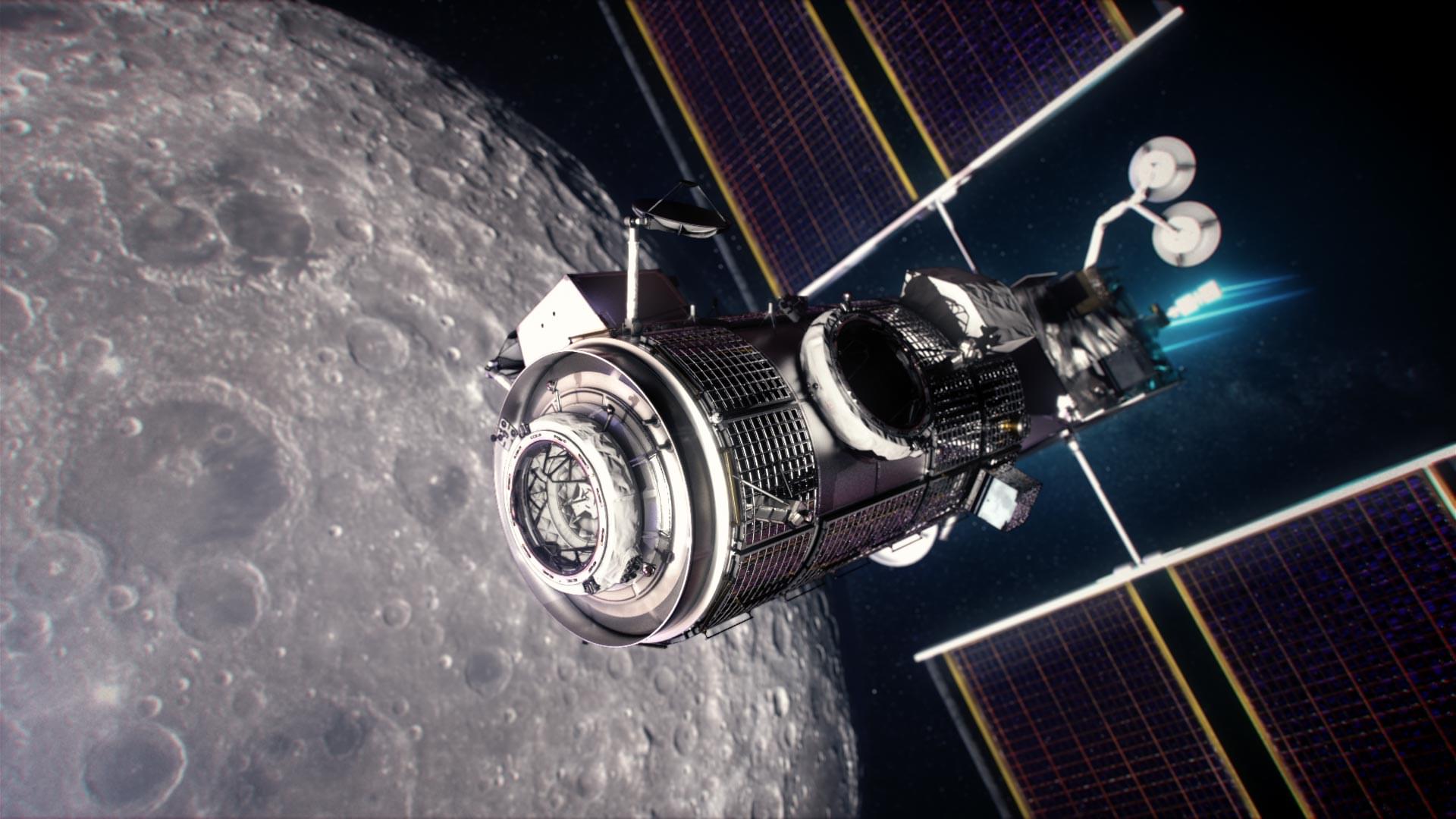
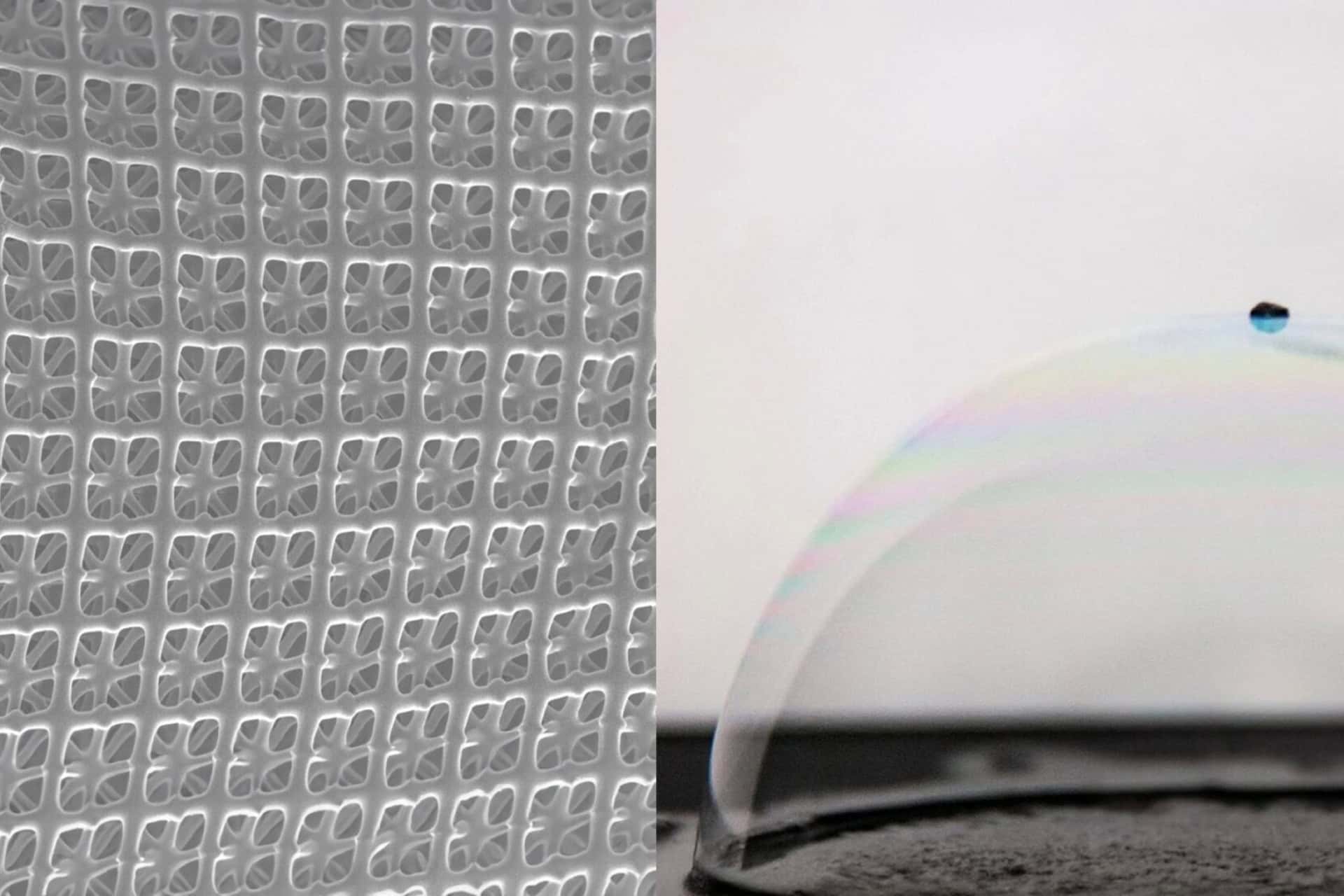
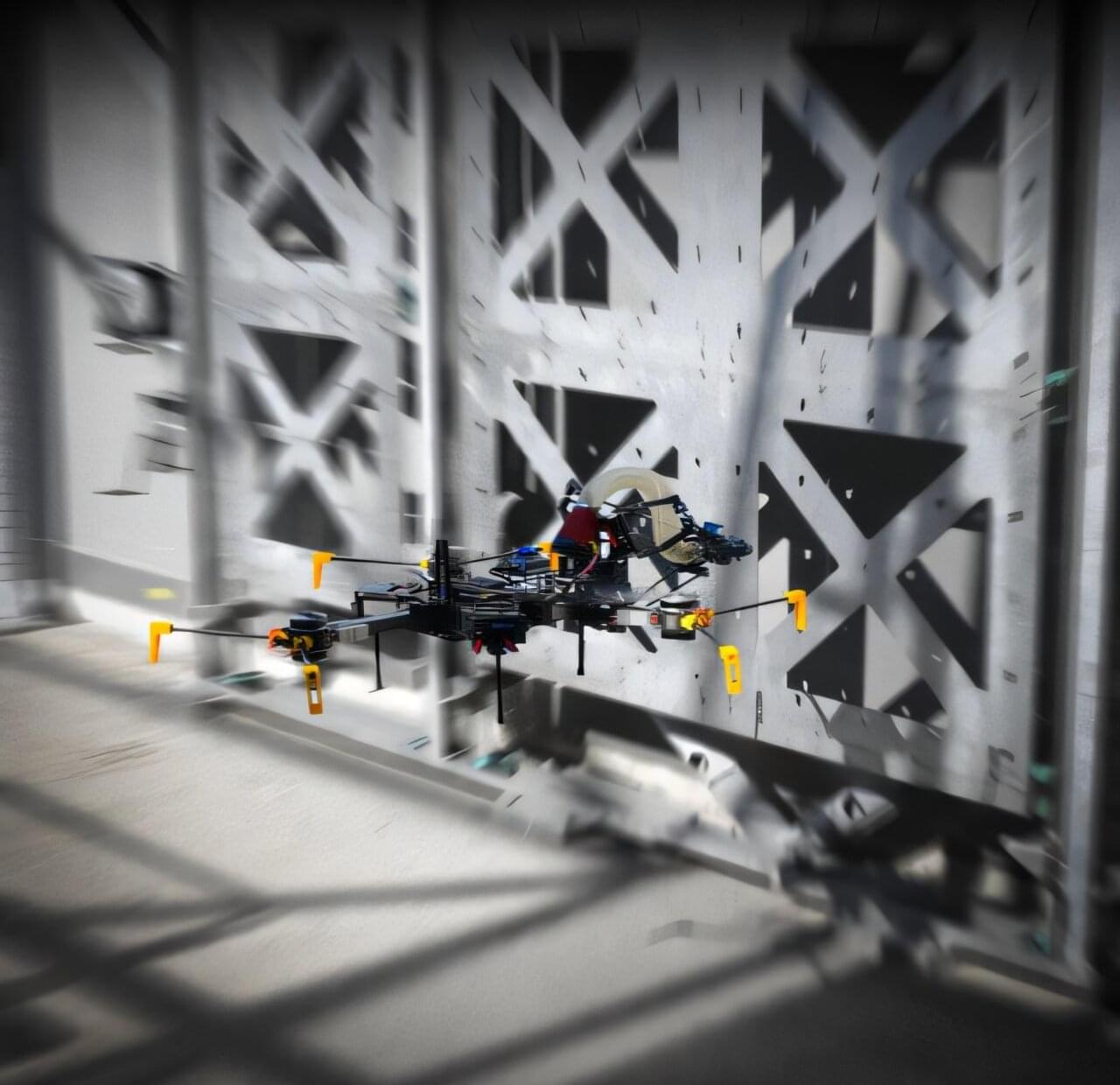
New research led by Imperial College London and co-authored by the University of Bristol, has revealed that aerial robotics could provide wide-ranging benefits to the safety, sustainability and scale of construction.
The research examines the emerging field of using drones for mid-air material deposition in the construction industry —a process known as Aerial Additive Manufacturing (Aerial AM).
This technology addresses pressing global housing and infrastructure challenges using aerial robots equipped with advanced manipulators that can overcome the limitations of traditional construction methods and ground-based robotic systems.
Over 100 red sprites were captured above the Himalayas in 2022. A study linked them to strong lightning strikes in a large thunderstorm system and introduced a new timing method for analysis. Have you ever heard of or seen red lightning? These are not animated characters, but real atmospheric ph
